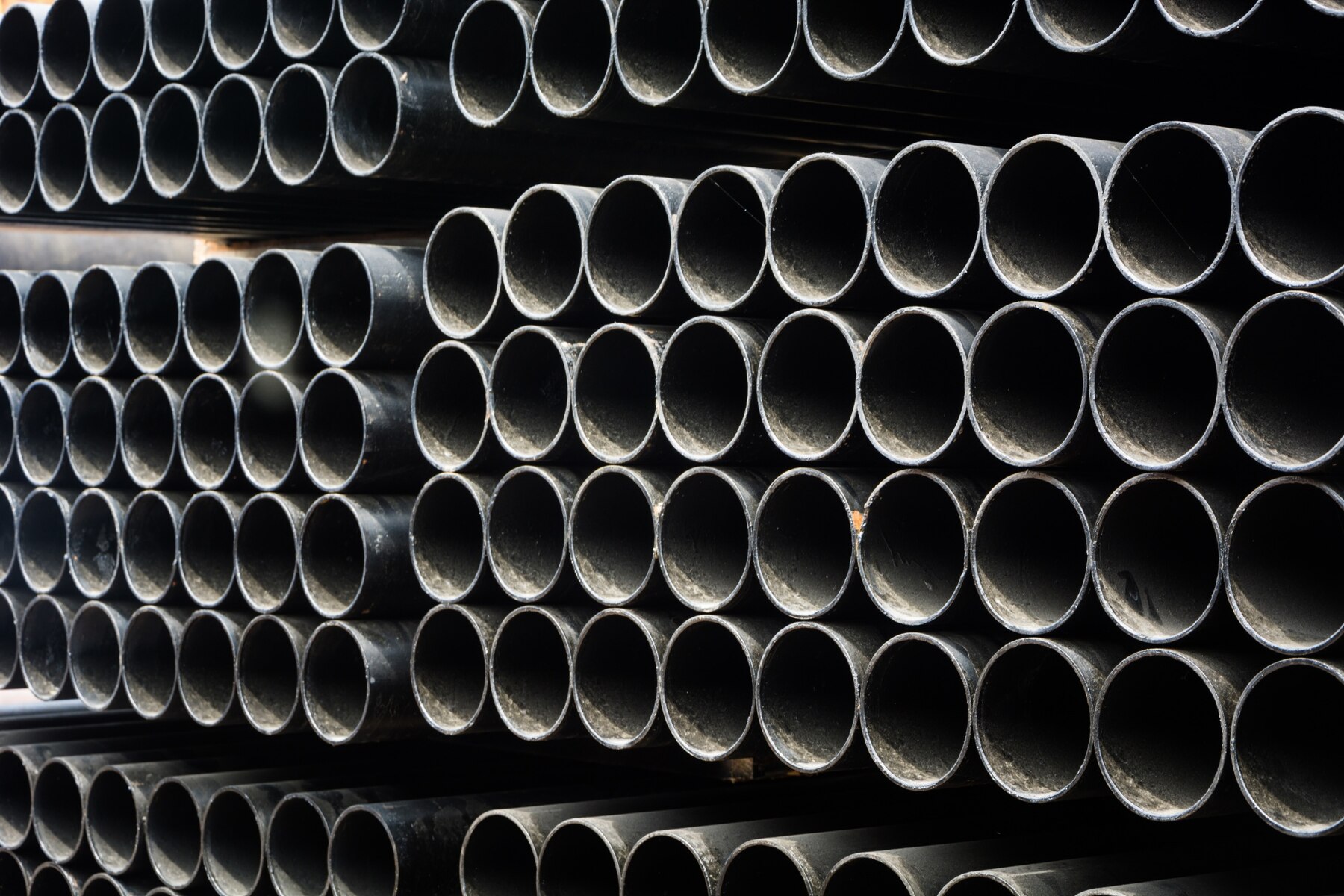The steel industry has long been a cornerstone of global industrialization, serving as the backbone of construction, manufacturing, and transportation. Steel, a versatile and durable material, plays an indispensable role in the development of infrastructure, machinery, automobiles, and countless other products that shape modern society. As the world moves toward more sustainable practices and technologies, the steel industry continues to evolve, embracing innovation while facing numerous challenges.
The Evolution of the Steel Industry
The history of steelmaking dates back over 2,000 years, but it wasn’t until the Industrial Revolution in the 19th century that the industry truly began to grow and transform. Early steel production was limited and inefficient, but with the advent of the Bessemer Process in the 1850s, mass production of steel became a reality. This process allowed for the efficient removal of impurities from iron, leading to higher quality steel that was stronger and more versatile.
In the 20th century, steel became the primary material used in large-scale construction projects such as bridges, skyscrapers, and ships. The steel industry helped fuel the growth of industries like automotive manufacturing, where steel was used for car bodies, engines, and other components. Over time, advances in steelmaking technology and materials science led to the development of alloy steels and stainless steel, which are used in a wide range of specialized applications, from medical devices to high-performance tools.
The Global Steel Industry Today
Today, the steel industry is one of the largest sectors in the world economy, with millions of tons of steel produced annually. China, India, Japan, and the United States are among the leading producers of steel. The global steel industry can be broadly divided into two major production processes: Blast Furnace (BF) and Electric Arc Furnace (EAF).
- Blast Furnace (BF) Process: This is the traditional method for producing steel, where iron ore is smelted with coke and limestone to produce molten iron. The molten iron is then converted into steel in a Basic Oxygen Furnace (BOF). This process is energy-intensive and produces higher levels of carbon emissions, but it remains the most common method for producing steel on a large scale.
- Electric Arc Furnace (EAF) Process: The EAF method uses electricity to melt scrap steel, which is then refined to produce new steel. The EAF process is more energy-efficient and environmentally friendly compared to the blast furnace process, as it relies primarily on recycled scrap rather than raw iron ore. As sustainability concerns grow, the EAF method is gaining popularity worldwide, especially in regions where scrap steel is abundant.
In addition to these processes, the rise of direct reduced iron (DRI) and hydrogen-based steelmaking technologies is expected to revolutionize the industry in the coming decades, helping to reduce the carbon footprint of steel production.

